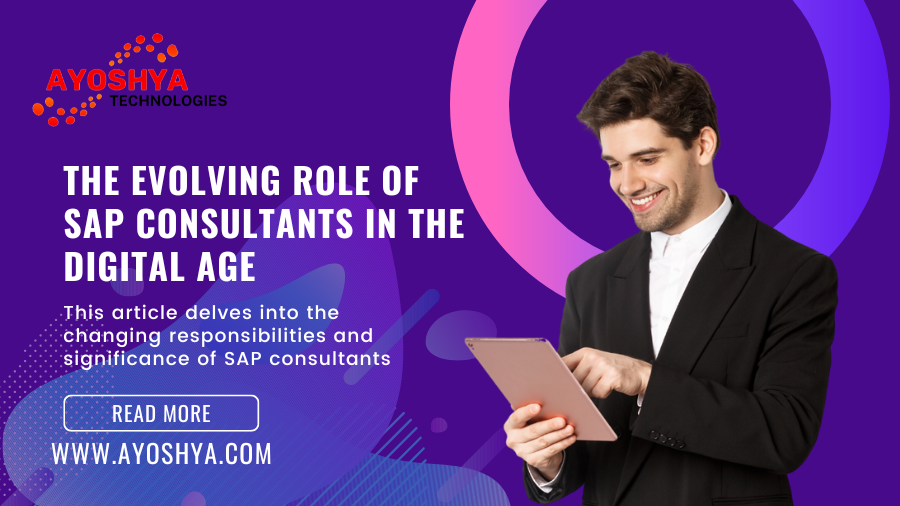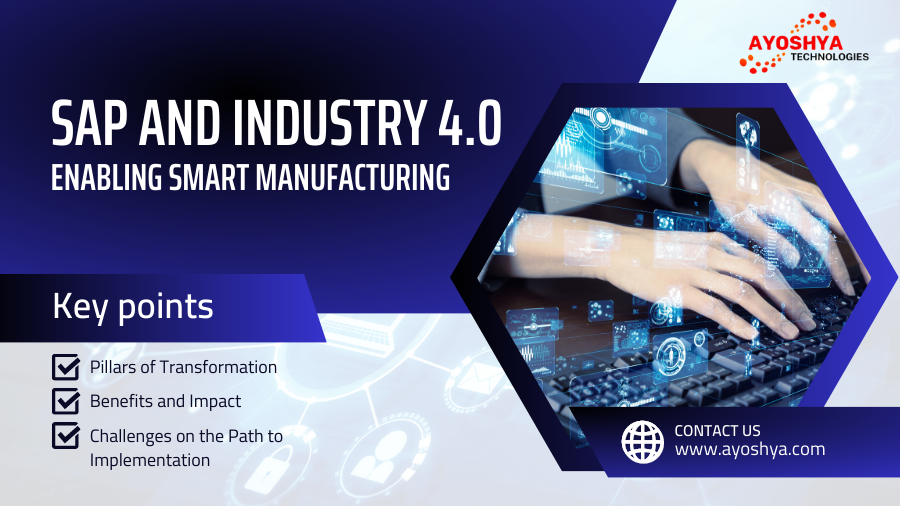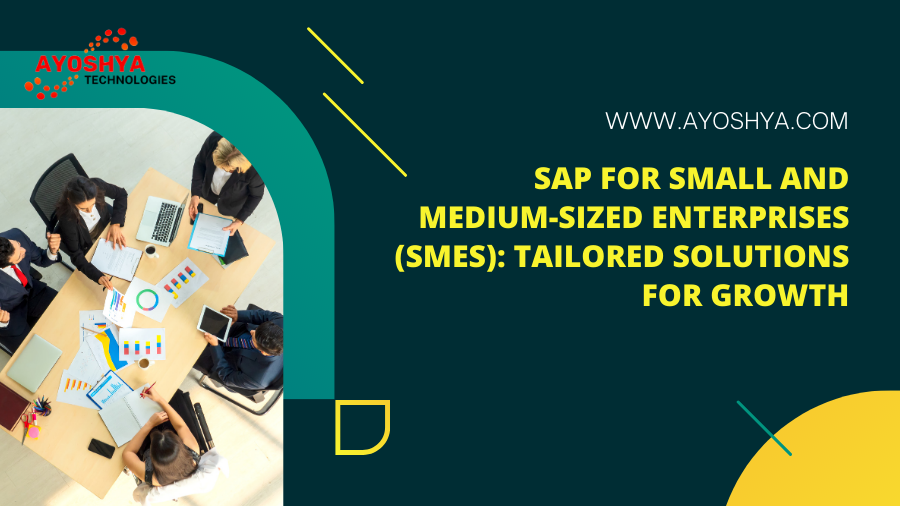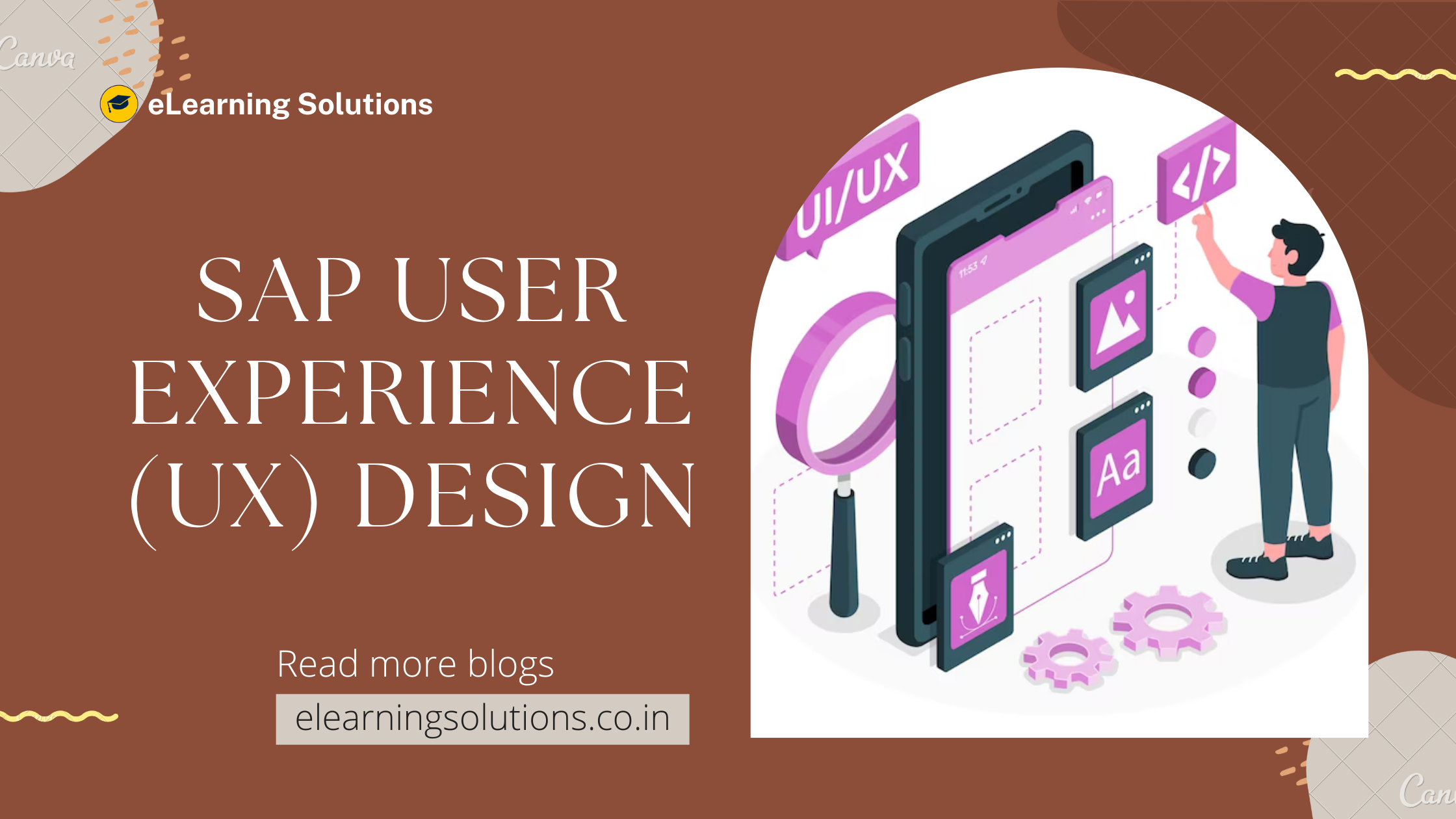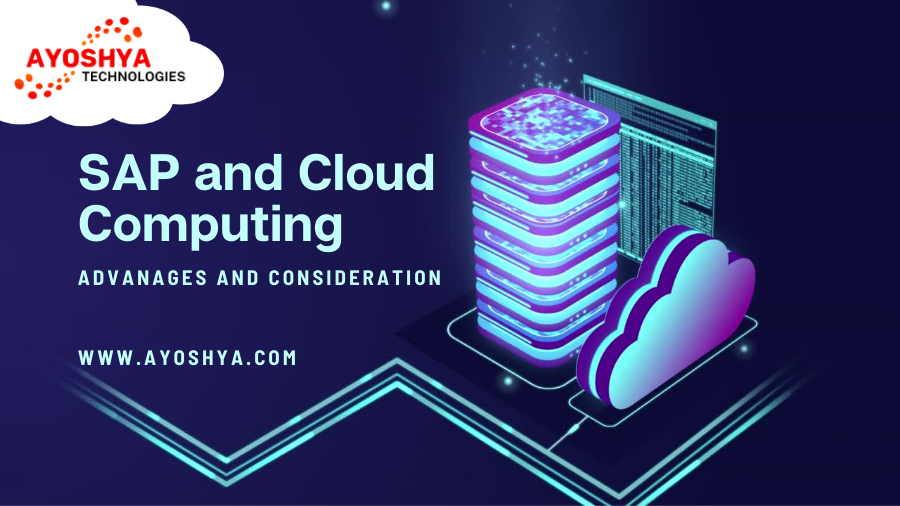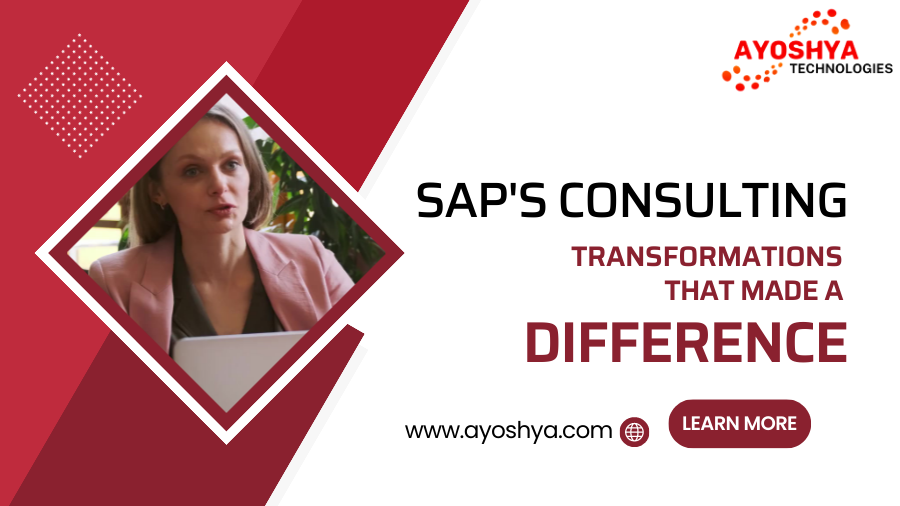The Evolving Role of SAP Consultant in the Digital Age
The landscape of business and technology is constantly evolving, and so is the role of SAP consultant. In the digital age, these professionals play a pivotal role in shaping an organization’s success by harnessing the power of SAP systems. This article delves into the changing responsibilities and significance of SAP consultants, exploring how they navigate the complexities of modern business to drive innovation and efficiency.
Introduction to SAP Consultant Role
SAP consultant have long been recognised as experts in configuring and implementing SAP solutions. However, the rise of digitalization has reshaped the business landscape, and as a result, the role of SAP consultants has undergone a remarkable transformation.
The Traditional Role of SAP Consultant
Traditionally, SAP consultant were focused on system implementation and configuration. They were responsible for ensuring that SAP systems met the organization’s needs while adhering to best practices.
Adapting to Digital Transformation
With digital transformation sweeping across industries, SAP consultant now find themselves at the forefront of enabling organizations to leverage technology for growth. They bridge the gap between technology and business strategy, aligning SAP solutions with overall objectives.
Navigating Cloud and SaaS Integration
Cloud computing and Software-as-a-Service (SaaS) solutions have become integral to modern businesses. SAP consultant are tasked with integrating on-premises and cloud-based systems seamlessly, optimizing data flow and accessibility.
Data Analytics and Insights
Data-driven decision-making is paramount in today’s business environment. SAP consultants assist organizations in harnessing the power of data analytics within SAP systems, providing valuable insights for informed choices.
Customization and User Experience
In the digital age, customers and employees demand seamless experiences. SAP consultants now focus on tailoring SAP solutions to provide intuitive interfaces and efficient processes, enhancing user experience.
Cybersecurity and Compliance
As organizations navigate increasing cyber threats and regulatory requirements, SAP consultants play a critical role in ensuring the security and compliance of SAP systems, safeguarding sensitive data.
The Rise of Hybrid Roles
The digital age has blurred the lines between roles. SAP consultants often find themselves in hybrid roles, collaborating with data scientists, business analysts, and technology experts to deliver comprehensive solutions.
Skills and Expertise in Demand
SAP consultants must stay updated with the latest advancements in technology, data management, and industry trends to provide cutting-edge solutions to their clients.
Collaboration with Cross-Functional Teams
Modern business challenges require cross-functional collaboration. SAP consultants collaborate with various departments to identify pain points and design solutions that enhance overall efficiency.
Conclusion on SAP Consultant role
In the digital age, SAP consultants have evolved from mere implementers to strategic partners. They drive innovation, efficiency, and growth by leveraging SAP systems to address modern business challenges.
FAQs about SAP Consultant
- What is the role of SAP consultants in the digital age? SAP consultants play a strategic role in aligning SAP solutions with business objectives, enabling growth and innovation.
- How do SAP consultants adapt to digital transformation? SAP consultants bridge the gap between technology and strategy, ensuring SAP systems contribute to an organization’s digital transformation journey.
- What skills are essential for modern SAP consultants? Modern SAP consultants need skills in data analytics, cloud integration, cybersecurity, and collaboration to meet evolving business demands.
- How does the role of SAP consultants contribute to user experience? SAP consultants tailor SAP solutions to provide intuitive interfaces and efficient processes, enhancing user experience.
- What makes SAP consultants vital in a cross-functional environment? SAP consultants collaborate with various departments to design solutions that address business challenges comprehensively.



